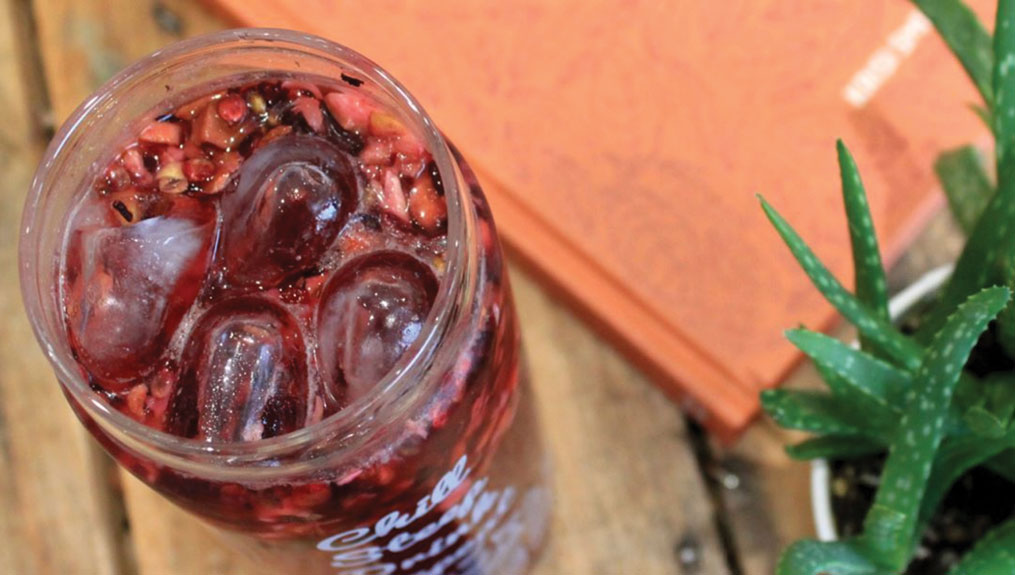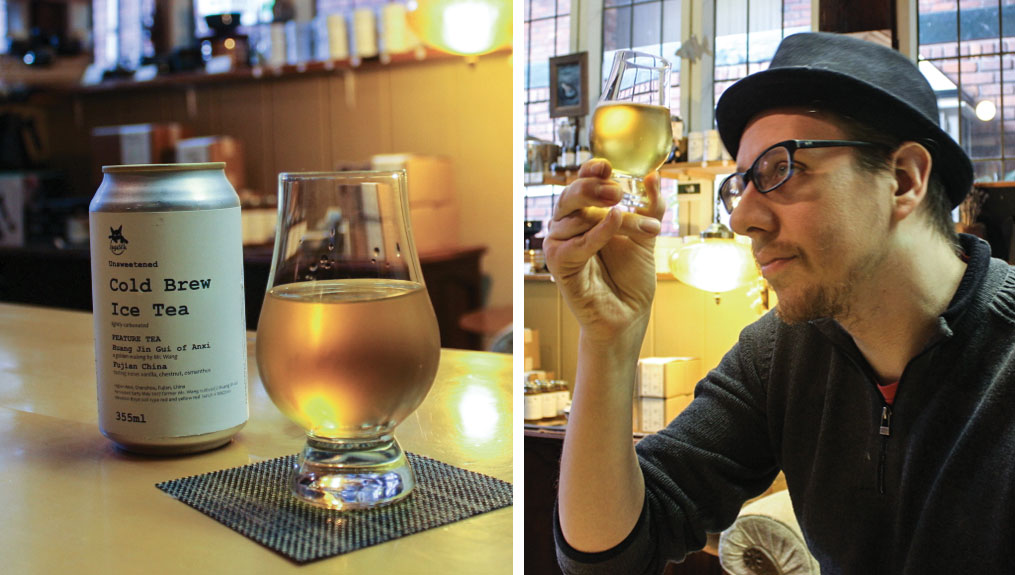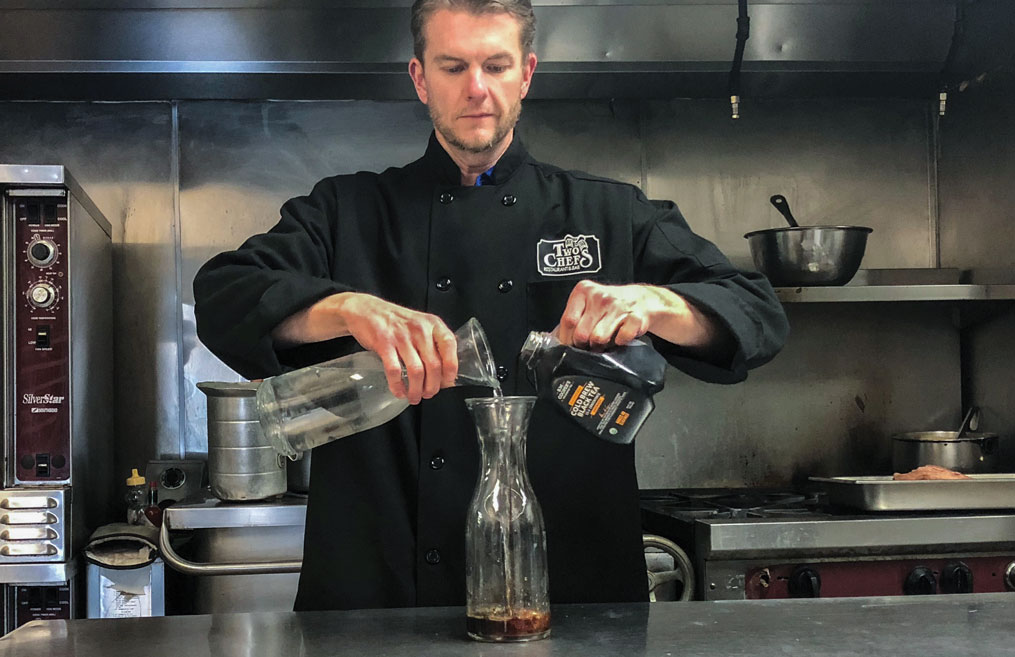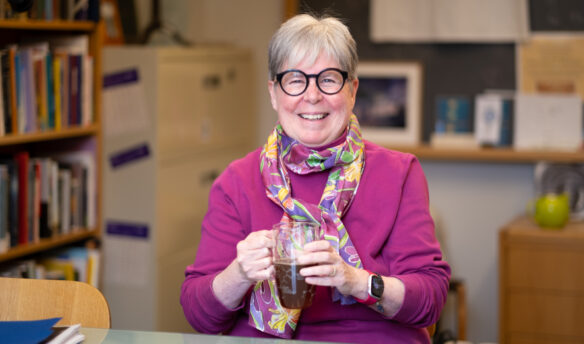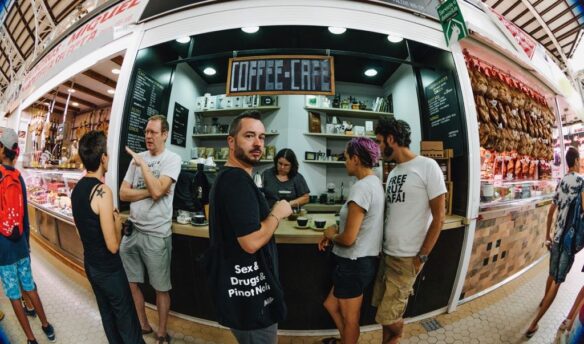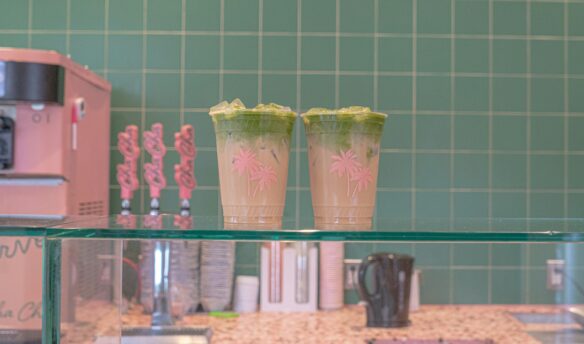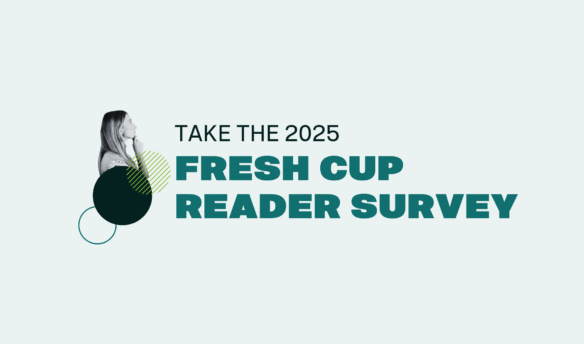Evy Chen was enrolled in an entrepreneurship class at Emerson College in Massachusetts in 2010 when she was challenged to develop an idea for a new company. Just entering the mainstream, cold brew coffee intrigued her—the flavor profile and clean, smooth taste. She wondered: Could tea be cold-brewed?
A Google search for “cold brew tea” brought up next to nothing, remembers Chen, who emigrated to the United States from China when she was 14 years old. She purchased the domain coldbrewtea.com and registered the related social media handles.
“I was like, okay, I guess I’m going into business with a cold brew tea company,” laughs Chen. Chen couldn’t have known how a simple thought would spark a totally new business—and how quickly cafes would rush to add cold brewed tea to their menus.
Ahead of the Game
Chen’s company, Evy Tea, specializes in bottled, organic cold brew tea, available in four flavors: unsweetened green tea lemongrass, chamomile lavender, black tea strawberry, and hibiscus. The teas are sold in 500 grocery stores, cafés, offices, and restaurants throughout the Boston area, and she offers an “on tap” program.
A single Evy Tea location in Boston is a tea bar, where Chen interacts with customers, tests flavors, and holds education programs. Chen calls it her “inspiration place.”
In 2018, Evy Tea produced 35,000 gallons of cold brew tea using her six-stage filtration system and custom-built equipment at her production facility. Chen says that volume will more than double in 2019; by the end of the year, Evy Tea will be on shelves in an additional 750 locations in the Northeast.
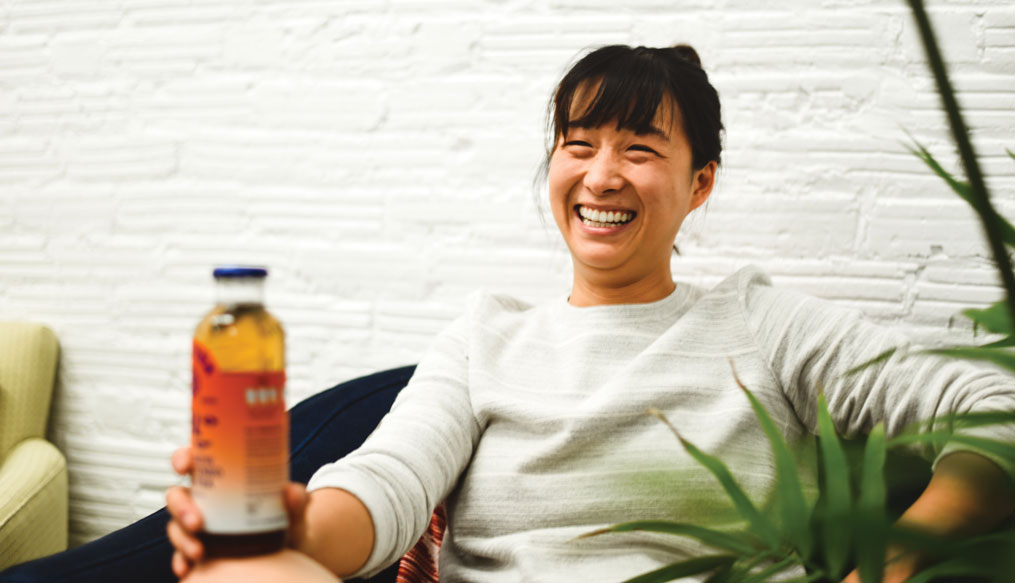
“Hopefully, in a year or two, cold brew tea can be available in every café in North America,” says Chen.
Adding Cold Brew Tea to the Menu
Cold brew coffee has become standard fare at cafés and restaurants; its ubiquity has helped pave the way for cold brew tea. People understand the differences in flavor produced by cold brewing and are willing to pay for it.
Like cold brew coffee, cold brew tea is prepared without any hot water involved in the process. It produces a clean, mild taste without the bitterness or acidity frequently released from tea leaves when brewed with hot water.
Businesses considering adding cold brew tea to the menu have to do their research: Bottled or fresh-made? Is there enough kitchen/shelf space to introduce another product? Are the resources in place to develop the recipes? Is shelf life an issue? Can cold brew tea be produced in quantities that are viable for operations?
For shops and cafés that already specialize in tea, cold brew tea is easier to implement and offers another way to attract customers and gain market share, particularly in the hotter months. With tea experts already on staff, the resident tea expert or specialist employees can develop recipes to prepare fresh cold brew tea in-house.
Building On an Existing Menu
Bird & Blend Tea Co. started sampling and selling cold brew tea out of their eight stores in England in the summer of 2018. As a loose-leaf tea purveyor, the company focused its marketing on how to make cold brew tea at home with blends from the shop.
While cold brew tea generally has just two ingredients—tea and cold water—Bird & Blend have taken the trend in a new direction.
“We do cold brew with fantastic things,” says Rhea Brown, who looks after the company’s wholesale division, explaining that staff prepares cold brew tea in liquids like coconut milk, lemonade, and tonic water.
The idea came from a staff member looking for a way to use up excess lemonade; the news of the successful experiment was passed to head office, and “it spiraled from there,” says Brown.
One of their most popular recipes uses a black tea blend with marshmallows and coconut: The tea is cold brewed in coconut milk overnight, resulting in a “thick, creamy cold brew tea, which is a nice alternative to a tea latté,” she adds.
There are options for cafés, shops, and restaurants that don’t have the resources to make cold brew tea in-house but wish to offer it. One is to sell RTD cold brew teas like Evy Tea or Fogdog, based in Berkeley, California.
With the right equipment and space, cold brew tea on tap is an alternative. Joyride Coffee in New York offers cold brew tea kegs with five different flavors, sold directly to offices and cafés or through distribution partners.
Concentrate on Flavor
Another option is working with a cold brew tea concentrate. Jared Nyberg of JagaSilk in Victoria, British Columbia, has been selling cold brew tea since around 2011. He took inspiration from Japan’s cold barley tea and mizudashi teas—a Japanese cold brew with flavor extracted from tea leaves in cold water. Mizu is water, Nyberg explains, and dashi is extract.
In addition to one tea bar location, Nyberg wholesales matcha and loose teas imported from Japan. He developed a process for creating a cold brew tea concentrate that he shares with wholesale tea clients, 40 percent of which are serving cold brew tea.
Through experimentation, Nyberg also discovered that tea’s acidity—the release of which is stalled by using the cold brew method—can be activated if you heat the cold brew concentrate. This discovery has led some of his clients, like Monogram Coffee in Calgary, Alberta, and Picnic Coffee in Victoria, to make batches of cold brew tea concentrate used for both cold and hot tea service.
“They wanted to speed up their service, and we said you don’t have to sacrifice the quality of your product and go into a tea bag,” explains Nyberg. “I said, ‘Why don’t you just make a cold brew concentrate and cut it with hot water?’ That’s worked out well. That’s what we’re working on: cold brew concentrates that don’t have to be cut with cold water but could be cut with hot.”
For operations without the resources to make their own cold brew tea concentrate, Colorado-based Cooper Tea Company has an organic black cold brew tea concentrate sold in a “mini jug.” At 32 ounces, the jug fits in the palm of your hand but will make three gallons of cold brew tea, a high yield that helps with busy operations.
The mini jug was a strategic choice and the result of client feedback, explains Colleen Norwine, Cooper Tea’s executive director of sales and marketing.
“We hear from our food service customers all the time that, in their kitchens, they have a serious lack of space, and every little inch is important to them,” she says. Cooper Tea was the first company to launch a cold brew tea concentrate for high-yield operations; within a few months of its launch in August 2018, Sysco signed on to distribute the product.
Shelf-stable, the concentrate does not need to be refrigerated until it’s opened. Once mixed with water, the cold brew tea can be served on tap or used as a base for custom blends with flavor syrups, crushed herbs, or fruit, suggests Norwine.
And, she adds, restaurant and café owners can “charge a premium of anywhere from 60 cents to a dollar more a cup, which helps their overall profitability.”
The Future of Cold Brew Tea
When Evy Chen reflects on her business, she wonders if it would have been “smarter for me to start a [cold brew tea] company in Texas or California…hotter places that have that all-year-round climate for people to consume more iced beverages.”
She considers whether cold brew tea will gain market share and if tea culture will become mainstream in the United States.
She looks to data for answers: Evy Tea’s massive expansion in 2019, the rise of other cold brew tea companies, the thousands of search results on Google, and customer demand.
“I believe in the market,” says Chen. “There is a place for a company focused just on this craft. To me, cold brew tea is undoubtedly the next big thing.”
This article was originally published on May 22, 2019, and has been updated to reflect Fresh Cup’s current editorial standards.



